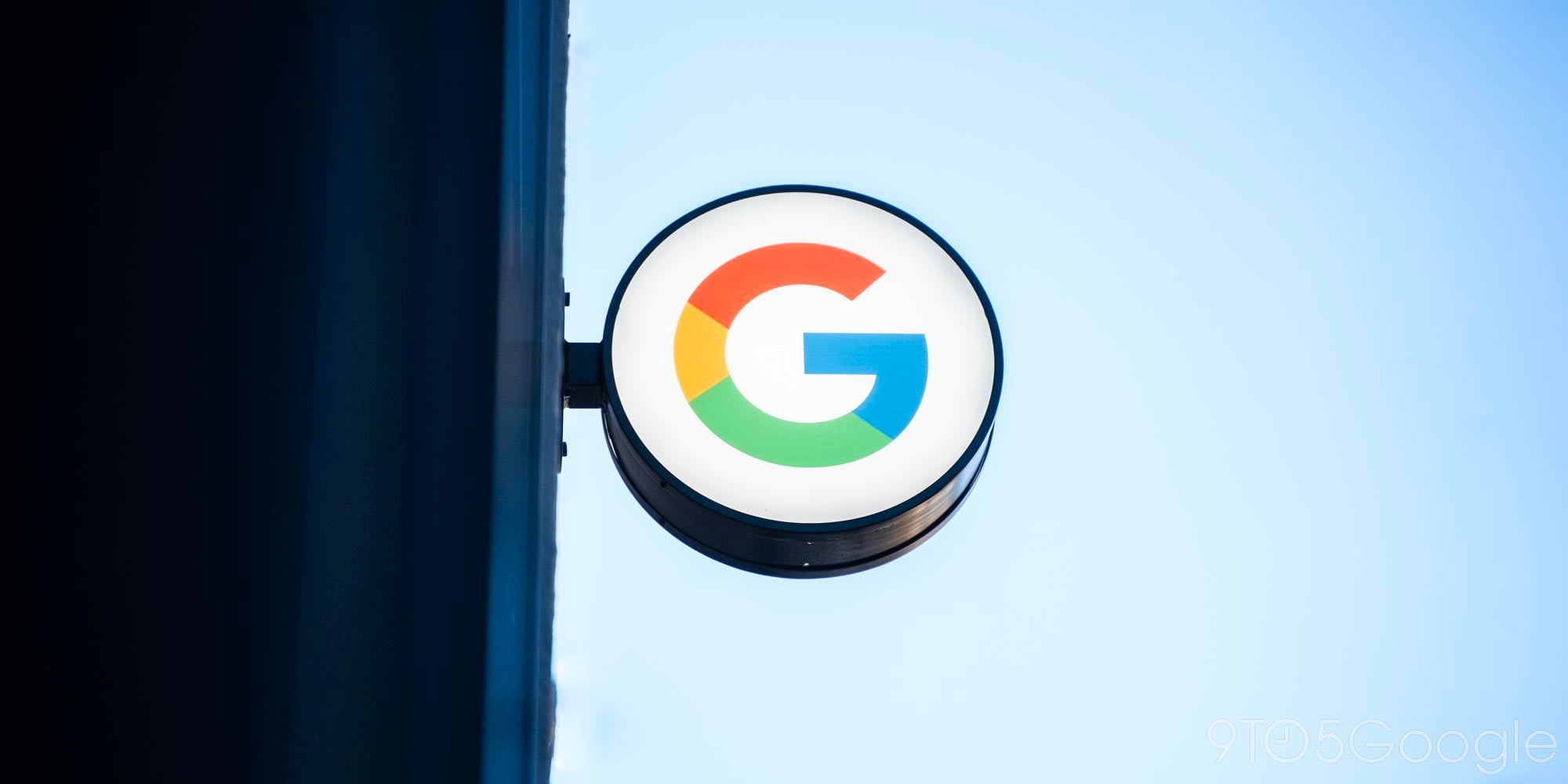
Following the Mac, Windows, and Linux release earlier this afternoon, Chrome 66 is now rolling out to Android. There are several design tweaks with this update, but most still require a flag to enable. Meanwhile, there are changes to when media can autoplay, as well as the usual security and developer features.
Chrome in version 64 this January gained the ability to mute audio across sites as part of efforts to give users more control over the playback experience. With today’s update, Google is enforcing new policies on when media can autoplay:
- Content is muted, or does not feature audio
- Users previously tapped or clicked on the site during the browsing session
- On mobile, if the site has been added to the Home Screen by the user
In light of these new behavior, Chrome 66 is removing the current block autoplay setting, and removing autoplay blocking on mobile when data saver mode is enabled. This is designed to encourage developers to use muted video instead of the more bandwidth-heavy animated gifs.
Like on iOS and desktop, Chrome for Android also picks up the ability to Export passwords. The new option is accessible by tapping the new overflow icon in the Passwords menu. Chrome will first ask you to verify your system passcode or fingerprint before a popup warns that the downloaded .csv is visible to anyone. Afterwards, the system Share sheet appears.
The “Chrome Home” bottom bar redesign has been removed and replaced by “Chrome Home Duplex” in version 66. A new bottom toolbar can be slid up to open the New Tab page. It’s a quick way to launch bookmarks and is likely still in development.
chrome://flags/#enable-chrome-duplex
- Chrome Duplex
- Chrome Duplex
Google is still keeping the non-bottom bar aspects of Chrome Home with a new “Modern Design” flag in version 66. This includes the stark white background on the tab switcher and New Tab page, as well as a rounded Omnibar for URLs and a similar treatment for other icons. We’ve now seen Google adopt this rounded UI elements in several apps like Search and Feed.
chrome://flags/#enable-chrome-modern-design
- Modern Design
The new Asynchronous Clipboard API provides a new method to read and write from the clipboard, with future Chrome versions adding support for copying/pasting of images and other rich data types.
On the sound front, a new AudioWorklet API allows developers to “programmatically control audio without additional latency and higher stability in the output audio.” With the Decoding Info API, websites will be able to better set media streaming resolution by determining the decoding capabilities of devices.
Check out 9to5Google on YouTube for more news:
FTC: We use income earning auto affiliate links. More.




Comments